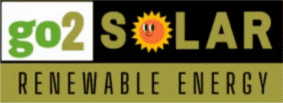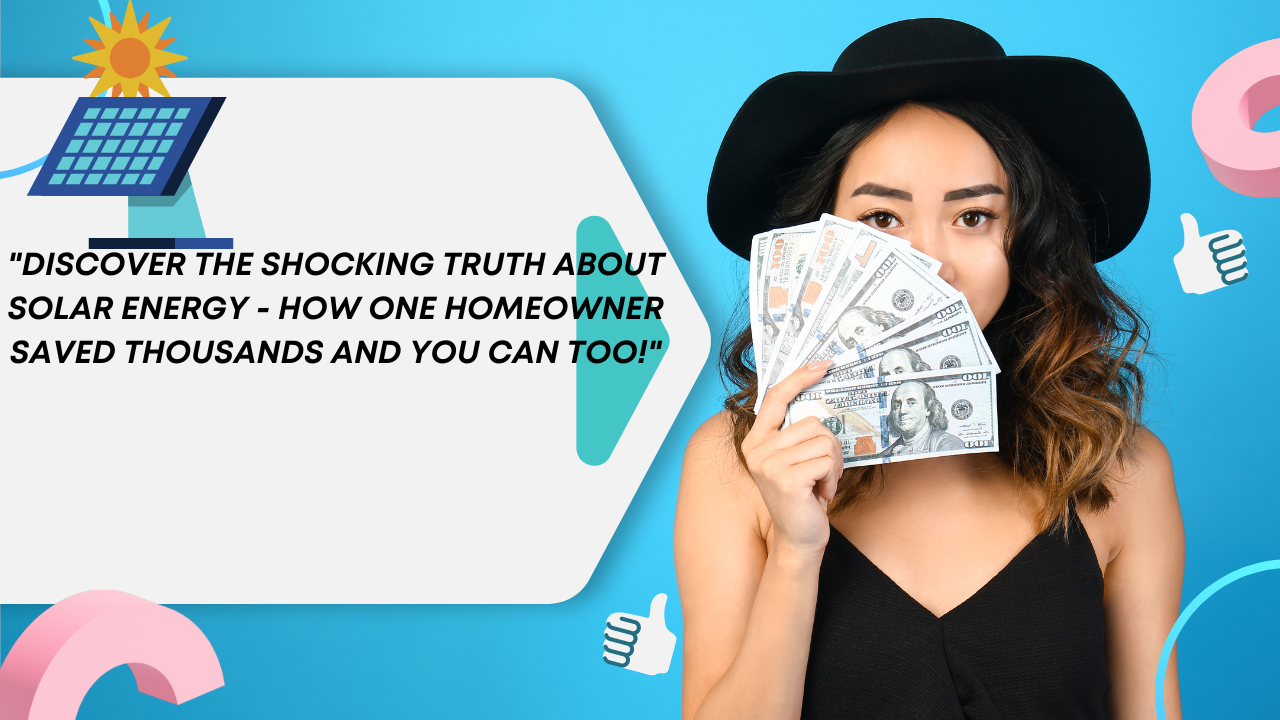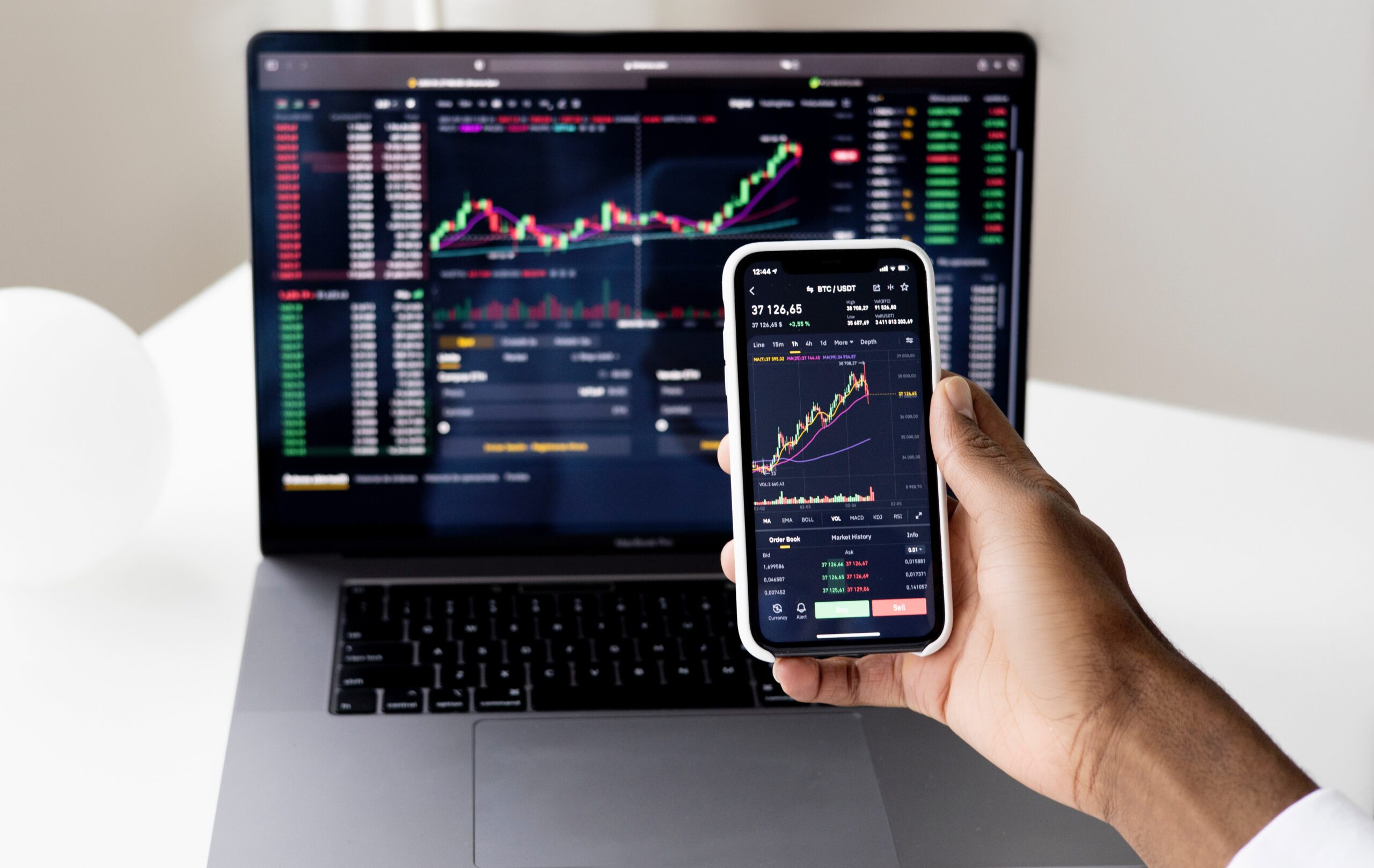Solar System Components. Solar panels, inverters, racking (mounting systems), and batteries are the main components of a solar energy system that you should focus on. Additionally, choosing a local service provider can offer personalized support and ongoing maintenance. With this knowledge, you can confidently make the switch to solar power and enjoy the benefits of a renewable energy source.
Subtitles:
Introduction: Switching to Solar Power
Components of a Solar Energy System
Solar Panels
Inverters
Racking (Mounting System)
Batteries
Choosing a Local Service
Understanding Solar Energy Systems
Conclusion:
Introduction: Solar System Components and switching to Solar Power. Firstly, switching to solar power is an important decision that requires careful consideration of the components that make up a solar energy system. As more and more people turn to solar power as a renewable energy source, it’s important to understand the role of each component in a solar energy system. In this article, we’ll discuss the four main components of a solar energy system: solar panels, inverters, racking (mounting systems), and batteries.
Components of a Solar Energy System
In addition to the components mentioned above, there are other important components of a solar energy system, such as the wiring, monitoring systems, and charge controllers. However, for the purpose of this article, we will focus on the four main components mentioned earlier.
Solar Panels
Solar panels are responsible for capturing the sun’s energy and converting it into usable electricity. They are the most visible component of a solar energy system. When choosing solar panels, it’s important to consider factors such as efficiency, durability, and warranty. High-efficiency solar panels are able to convert more sunlight into electricity, while durable panels are able to withstand harsh weather conditions.
Inverters
Next, inverters convert the DC electricity generated by the solar panels into AC electricity that can be used in your home or business. They are the heart of a solar energy system. When choosing an inverter, it’s important to consider factors such as efficiency, reliability, and compatibility with your solar panels. A reliable inverter is essential for ensuring that your solar energy system operates at maximum efficiency.
Racking (Mounting System)
Furthermore, the racking or mounting system is what secures your solar panels to your roof or other surface. It’s important to choose a mounting system that is durable, weather-resistant, and compatible with your solar panels and roof type. Proper installation is crucial for maximizing the efficiency and lifespan of your solar energy system. A high-quality mounting system will ensure that your solar panels are securely mounted and will not be damaged by harsh weather conditions.
Batteries
Moreover, batteries are optional but can be useful for storing excess energy generated by your solar panels. This energy can be used during times when your solar panels are not producing enough energy, such as at night or on cloudy days. When choosing batteries, it’s important to consider factors such as capacity, lifespan, and compatibility with your solar panels and inverter. A high-capacity battery will ensure that you have enough energy stored to power your home or business when your solar panels are not generating enough energy.
Choosing a Local Service
Lastly, choosing a local service for your solar energy system can provide numerous benefits. Local services offer personalized support and expert advice tailored to your specific needs. They also have a vested interest in the success of your system and can provide ongoing maintenance and support as needed. By choosing a local service, you can feel more connected to the business and more confident in your decision to switch to solar power.
Understanding Solar Energy Systems
In conclusion, understanding the components of a solar energy system is crucial for making an informed decision about going solar. By considering factors such as efficie
Outbound links:
American Solar Energy Society (ases.org)
SEIA | Solar Energy Industries Association
Department of Energy
Inbound link:
Solar benefits outweigh negatives – Brighter Tomorrow (go2solarnow.com)




